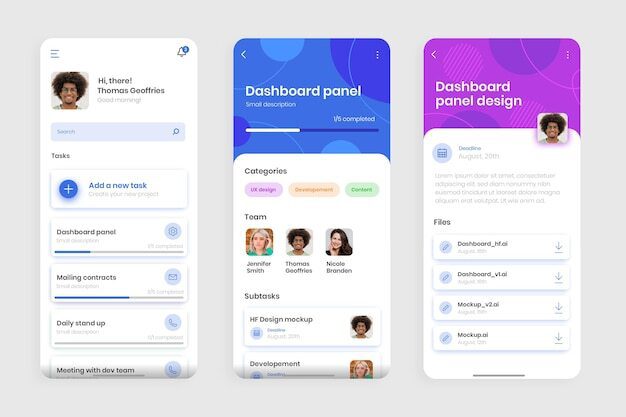Design thinking:
Design thinking has gained significant popularity as a powerful approach to problem-solving and innovation. By adopting a human-centered mindset and a structured process, businesses and organizations can create impactful solutions that resonate with users. In this article, we provide a simple guide to design thinking along with useful tips for its effective implementation.

- Foster a Culture of Empathy
Empathy lies at the heart of design thinking. Encourage your team to develop a deep understanding of users’ needs and motivations. Conduct user interviews, observations, and immerse yourself in their experiences. Empathy allows you to uncover insights that inform the design process and enable you to create solutions that truly meet user needs.
- Embrace a Collaborative Approach
Design thinking thrives on collaboration and diversity of perspectives. Create a collaborative environment where team members from various disciplines can come together to share ideas and co-create solutions. Emphasize the value of collective intelligence and encourage active participation from all stakeholders involved in the project.
- Encourage Open Ideation Sessions
Ideation is a crucial phase in design thinking, where creative solutions are generated. Encourage open ideation sessions that foster a non-judgmental atmosphere. Emphasize the quantity of ideas over quality initially, as this encourages wild and unconventional thinking. Build upon and combine ideas to refine them into actionable concepts.
- Prototype Early and Often
Prototyping is a powerful tool in design thinking. Create low-fidelity prototypes early in the process to quickly visualize and communicate ideas. Prototyping helps to gather valuable feedback from users and stakeholders, allowing you to iterate and improve the design. Remember, prototypes can be as simple as sketches or digital mockups.
- Test and Iterate
Testing is a critical component of design thinking. Regularly test your prototypes with users to gain valuable insights and validate assumptions. Encourage open and honest feedback and use it to refine and iterate the design. Embrace an iterative approach, making incremental improvements based on user insights to ensure the final solution is effective and user-friendly.
- Embrace Failure as a Learning Opportunity
Design thinking acknowledges that failure is an inherent part of the creative process. Encourage a culture that embraces failure as a learning opportunity. Learn from failures and use them to inform subsequent iterations and improvements. Celebrate experimentation and encourage your team to take calculated risks.
- Stay Mindful of Constraints
While design thinking encourages creative exploration, it’s essential to stay mindful of the project’s constraints. Consider technical, financial, and time limitations when generating ideas and designing solutions. These constraints can often lead to innovative and practical solutions that are feasible and viable within the given resources.
- Iterate and Refine
Design thinking is not a linear process. It’s a continuous loop of learning, iterating, and refining. Encourage your team to reflect on the results of each iteration and use those insights to inform the next steps. Strive for continuous improvement throughout the design process.
Design thinking is a powerful and systematic approach to problem-solving and innovation that places the user at the center of the process. By fostering a mindset of empathy, collaboration, and experimentation, it enables teams and businesses to deeply understand user needs, challenge assumptions, and explore creative solutions. This approach encourages an iterative process of prototyping and testing, allowing ideas to evolve and improve based on real feedback.
By embracing design thinking, businesses can craft solutions that are not only meaningful but also practical, addressing the core challenges faced by users. This methodology has the potential to drive transformative change across industries, from product development to service design and organizational strategy. It helps teams break down complex problems into manageable steps, ensuring that solutions are innovative, functional, and aligned with user expectations.
To successfully implement design thinking, it’s essential to integrate key principles into your projects. Start by developing empathy for your users through research and engagement, then define the problem clearly to set a strong foundation for ideation. Encourage diverse perspectives within your team to spark creativity, and create prototypes to test and refine your ideas. Remember that failure is part of the process; each iteration brings you closer to a viable and impactful solution.
By following the tips and strategies discussed in this article, you can apply design thinking effectively, fostering a culture of innovation and achieving successful outcomes. Embrace the design thinking mindset as a tool for navigating challenges and discovering opportunities. Enjoy the journey of creating user-centric solutions that not only solve problems but also add value and enhance experiences.
